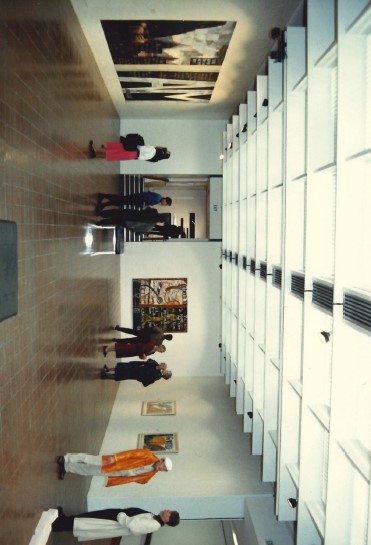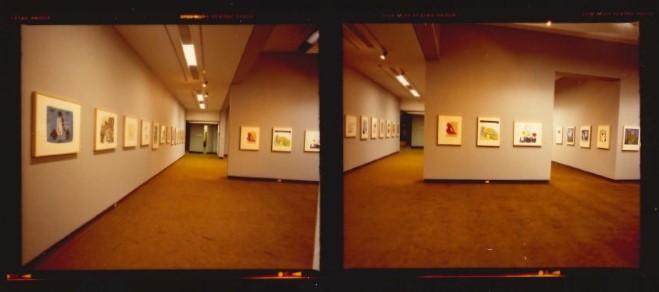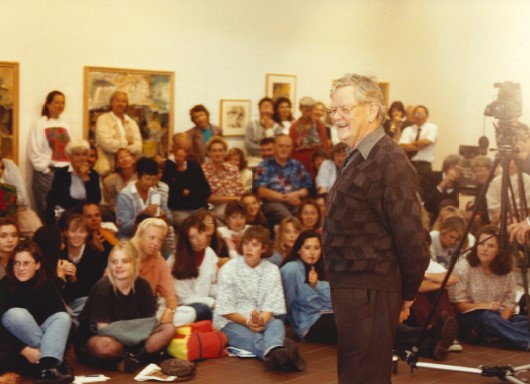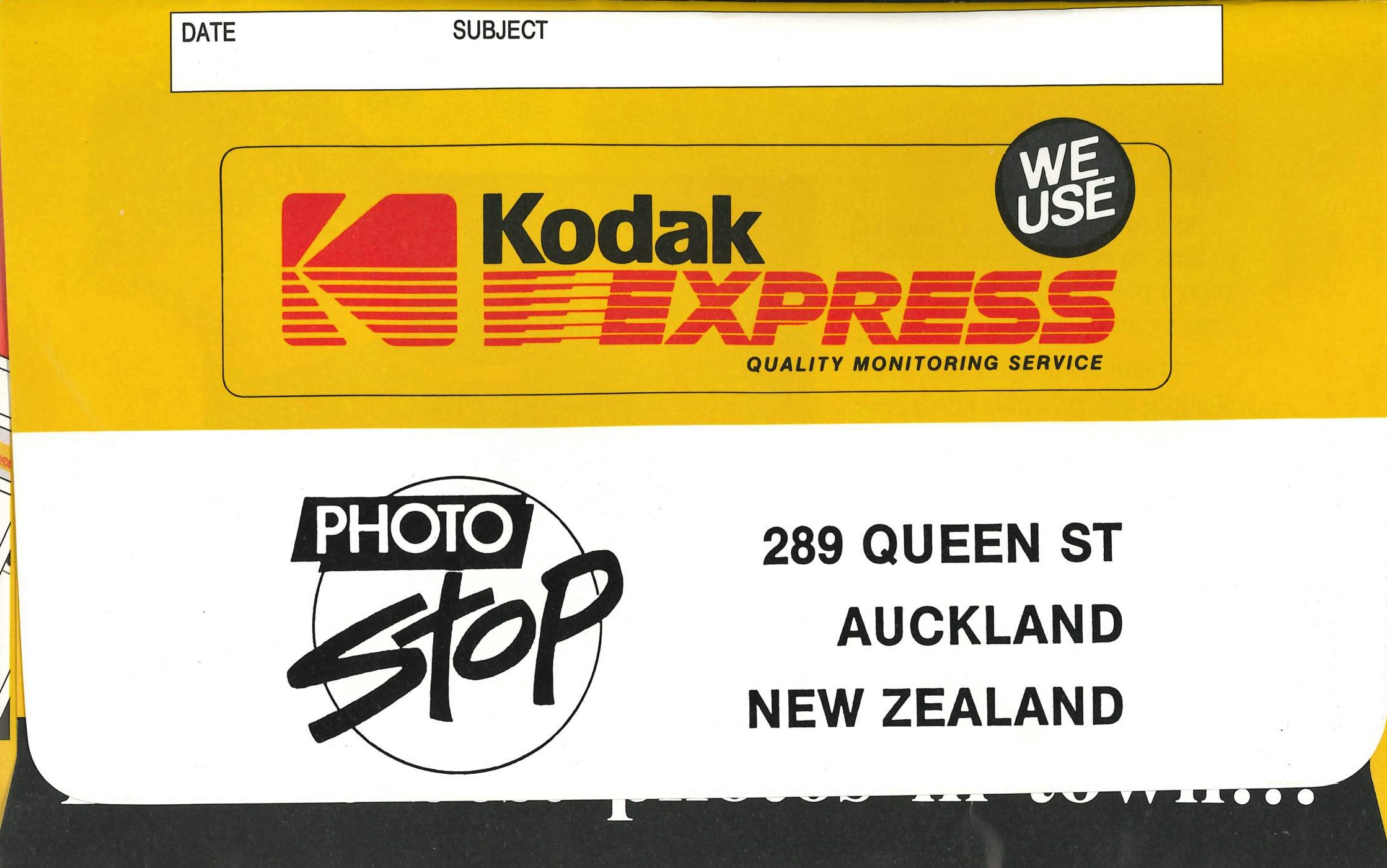Established and funded by John Mayo, the annual Marylyn Mayo Internship offers training and work experience for people who would like to pursue a career in the arts. Each year, interns contribute to work in different areas of the Gallery, including in curatorial, education, public programming, print and electronic publications, communications, audience research and development, conservation and collection management. Previous projects have included restoring Frances Hodgkins’ Still Life: Anemones and Hyacinths, circa 1925; researching dates for artworks in the collection; assessing and devising a strategy for documenting time-based artworks in the collection and researching, writing and digitising material for the Gallery’s Lindauer Online Project.
This year, as the 2022 Marylyn Mayo Intern, I have undertaken a documentation and image capture (digitisation) project on a collection of exhibition installation photographs (circa 1970s–90s) held in the E H McCormick Research Library. This project has centred around the arrangement, description and rehousing of the exhibition installation photographic material. The images predominantly depict exhibitions, the artworks included and their layouts and installations in a range of analogue photographic materials, such as transparencies, negatives and prints. Working with these images, I have made a detailed assessment of the collection, created a full itemised listing and rehoused the collection to have it ready for digitisation by an external provider. This collection of photographs is an invaluable record of the history of not only the Gallery but the local arts community in Tāmaki Makaurau Auckland, and our goal for this project was to make this collection discoverable and accessible to a wider audience – eventually, all photographs will be displayed on the Gallery’s website; in the meantime, you can view them at the E H McCormick library.










